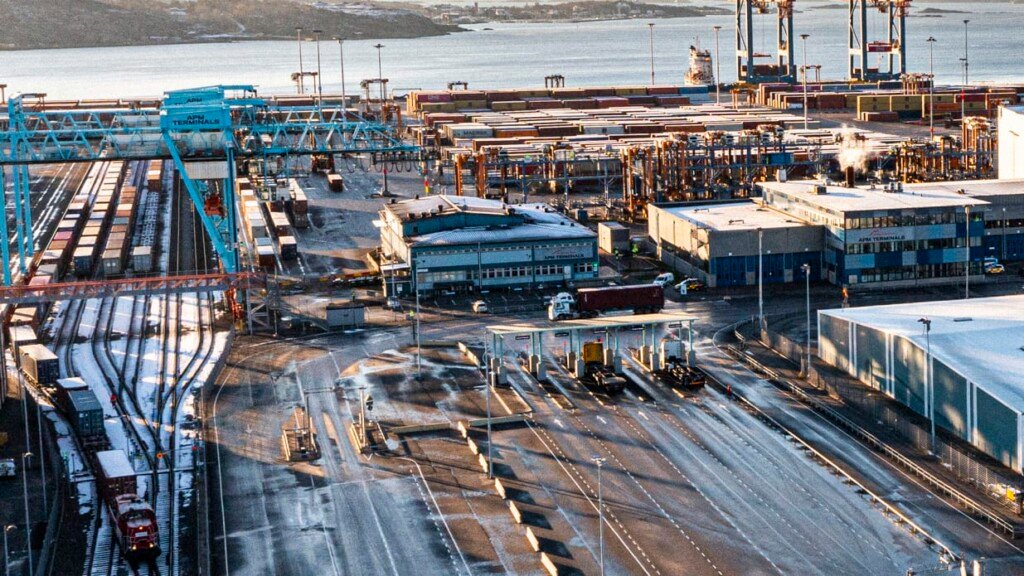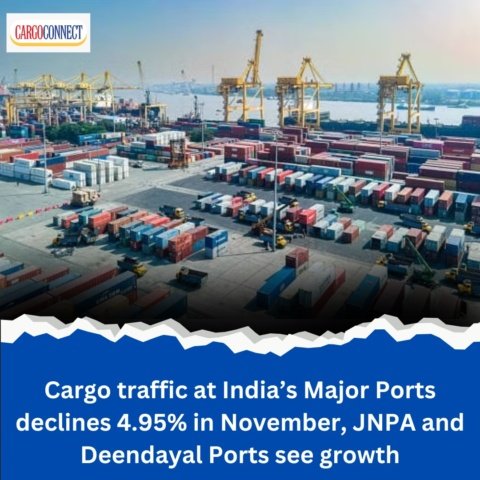APM Terminals is accelerating its API roll-out, with greater data coverage and new APIs. APM Terminals’ APIs connect a customer’s own Transport or Logistics Planning System with real-time data from a terminal’s Terminal Operating System (TOS).
Expanded API Offering
APM terminals has recently added data for its Moroccan Medport Tangier terminal to its range of APIs, bringing the total number of terminals supported by its container tracking and vessel schedule API data feeds to 18.
The company also made Empty Container tracking possible through a new Empty Container Returns API. The new Empty Container Returns API means that customers can track the complete life cycle of a container, including the date and time it was gated in at a terminal.
APM Terminals now offers a complete range of APIs to provide real-time data for all aspects of vessel and container tracking, including Vessel Schedules, Import Availability, Container Event History and Export Booking Enquiry for 18 Terminals.
Truck Appointment API
This week, the company’s Truck Appointment API was also rolled out for APM Terminals Gothenburg, Sweden and Vado Ligure, Italy. The Truck Appointment API enable customers to perform appointment tasks such as viewing available time slots; creating, updating and cancelling appointments; and producing a list of appointments, appointment information and updates for a requested timeframe. Appointments can be made for empty container pick up and drop off, import pickup and export drop-off.
The first customer to implement the Truck Appointment API was GDL Sjöcontainer AB, which handles around 900 contract transporters operating more than 2,800 vehicles.
“With these levels of volumes, the ability to set up and manage truck appointments quickly and efficiently using our own familiar Transport Management System is essential,” commented Markus Ekwall, Department Head at GDL Sjöcontainer AB.
“Managing all aspects of the logistic chain in a single system improves productivity enormously and simplifies the logistics process for employees managing thousands of transactions each day. Setting up the APIs couldn’t have gone more smoothly and support from APM Terminals’ API team ensured that we were up and running extremely quickly with the new Truck Appointment API.”
Ease of implementation
Commenting further on the implementation of APIs, Sophie Song, Customer Care Partner at APM Terminals Gothenburg, recognises that for some customers APIs may be new territory.
“Sweden has a high level of digital maturity and some customers are already pioneering in this area, however others are at the beginning of their journey,” she says.
“The good thing about APIs is that they’re straight forward to implement, with a low maintenance cost, hence all customers can benefit.”
“APIs not only reduce costs but can also improve transparency and efficiency. We believe that the API demands will increase significantly in the coming years. We will continue investing pro-actively in digital relationships, to support our customers even further.”
New levels of security
APM Terminals’ Truck Appointment API required a significant step in terms of security for the company.
“It was the first time that we allowed data to flow from the customer’s systems into our Terminal Operating Systems (TOS) via an API,” says Harry Drok, Head of Product Management at APM Terminals.
“This was necessary to enable customers to create appointments. Allowing customers to write to our TOS brings a who new level of security requirements. Despite these challenges, enabling customers to create, cancel and change appointments directly in their own transport management system using APIs was a logical next step.”
Advantages of APIs
APIs remove the need to look up or submit information manually via a separate system, such as Track & Trace for container tracking or a separate online Truck Appointment system for appointments. This makes it the ideal solution for shipping lines, inland transporters, cargo owners and managers, as well as data aggregators who process higher container volumes.
Removing the need for manual intervention not only saves man hours and speeds up the process, but also increases accuracy. Most importantly, access to the latest data available in the supply chain, allows customers to improve planning, reduce delays and help meet customer expectations.







